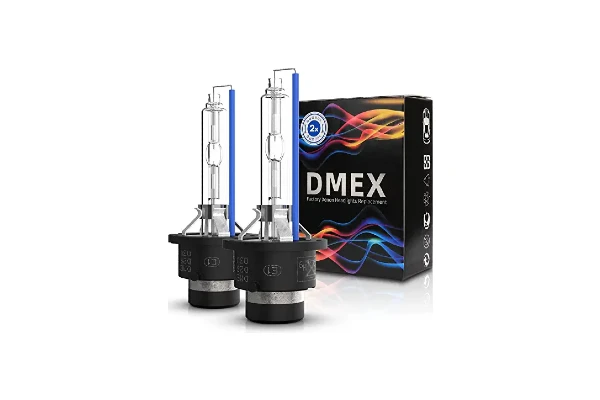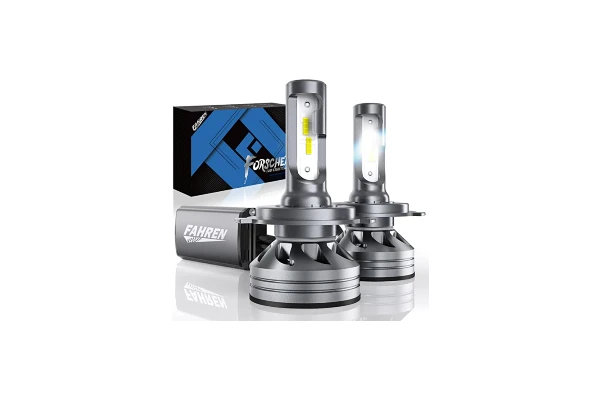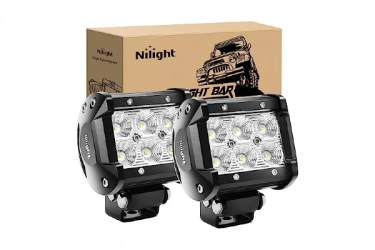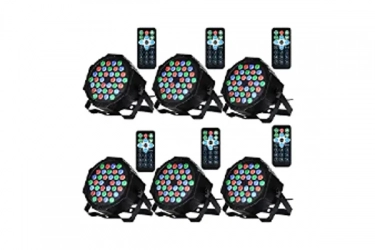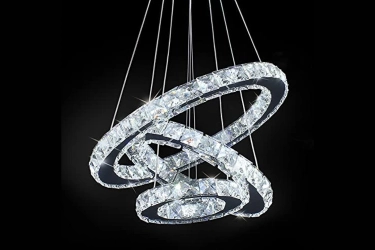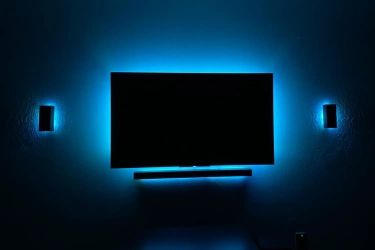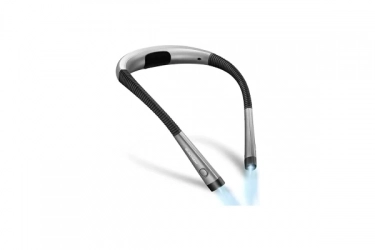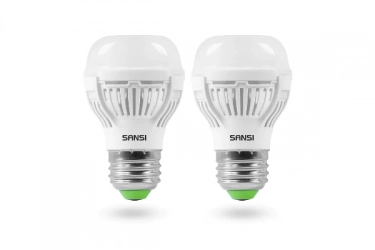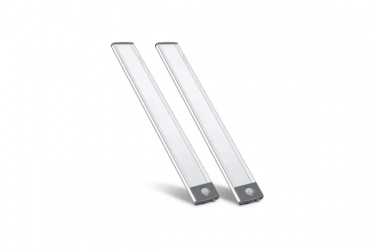We independently research, test, review, and recommend the best products. If you buy something through our links, we may earn a commission.
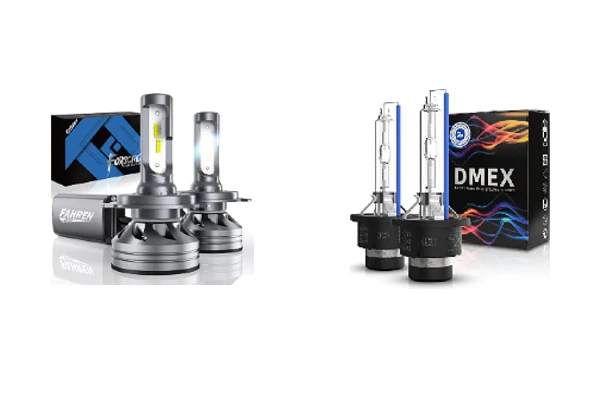
A recent controversy in headlight technology is HID vs LED headlights. More people are replacing their reflecting halogen car lights with LED and HID lights. Many drivers may do this at home using conversion kits, but even automobile manufacturers are installing them when building new vehicles. Although the brightness and range of the two light sources are comparable, they differ significantly. The location of your home, the time of day you drive, and the frequency of your nighttime travels are all relevant issues in this discussion.
When driving at night, upgrading to HID vs LED headlights can give you the extra vision you need to reach your destination safely. This guide can assist you in comparing the available hid vs led headlight options and choosing the one that best suits your needs if you're considering buying HID vs LED headlights for your car.
You May Also Read
Xenon headlights are another name for HID Headlights. Their method of operation involves heating a filament with gas and unusual metals. This will reveal a strikingly vivid whitish-blue tint. In comparison to regular halogen lights, HID lights are substantially brighter. Additionally, they use your vehicle's energy far more effectively.
BMW used the first HID headlights back in the 1990s. Since then, nearly all auto manufacturers have come to recognize them as the distinguishing premium option for headlights. This degree of brightness on the highways is required by the majority of modern safety requirements nowadays. Sadly, they are one of the more expensive options, even though HID headlights have recently become one of the most practical and cost-effective solutions for ordinary automobile owners.
LED headlights, also known as light-emitting diode headlights, convey a current that causes a semiconductor to release photons, which in turn produce light. This results in the admission of light-releasing photons. Over the past few years, LED Headlights have gained ground on halogen ones in popularity.
There are certain drawbacks to LED headlights, though. They need additional fans and heat sinks to keep them cool enough to function. These both raise the overall cost and make mounting an LED lamp in conventional housing more challenging. They can run virtually indefinitely because of their reduced operating temperature, which also makes them more environmentally friendly.
Hid Vs Led Headlights: Key
Differences
HIDs are more affordable, provide less brightness (but more than traditional halogens), and work well on well-lit city streets. But LEDs are the only option if you want to eliminate all darkness. HID vs LED? What is the better option for your upgrade? The following are some of the main differences between these two preferred models:
Brightness
HID headlights cover a wider area than LED headlights, but if installed incorrectly, they can reflect glare onto oncoming vehicles, so it's crucial to get them checked by a qualified expert. Compared to halogen and LED bulbs, they also allow light to spread across a larger area. HID headlights generally cover an area that is about one-third greater than that covered by LED bulbs. Additionally, they are better at illuminating the sides of the road. About 9000 to 10000 lumens of brilliant light may be produced by a decent set of LED headlights. With a brightness range of 7000–8000 lumens, HIDs are a little on the timid side. HIDs perform nicely if you mostly travel via dimly light city streets.
Cost
Take the upgrading into account as a long-term investment before evaluating the price of LED vs. HID headlights. Despite the fact that LEDs are always more expensive than HIDs, the long-term benefits they provide cover the cost. While HID car lights will initially be a little less expensive, they will require more maintenance over time, just like conventional halogen bulbs.
Size
If upgrading from a halogen bulb, you must buy a conversion kit regardless of the type of bug you select. This is due to the fact that none of the two bulbs will fit into the standard halogen bulb housing. In terms of size, LED bulbs are often smaller, and HID bulbs are typically a little bigger.
Durability
When it comes to durability, LED headlights are miles ahead of HIDs. A typical LED headlight has a 45,000-hour lifespan. HID headlights, in contrast, can last up to 15,000 hours before they need to be changed. Additionally, HID lamps have a longer battery life than one may anticipate. They have a lifespan of up to 5000 hours, which is significantly longer than that of a conventional halogen bulb.
Colors
Drivers and car enthusiasts frequently search for headlights that improve the looks of their automobiles. Due to its potential effects on visibility and brightness, color temperature is also significant. While an LED conversion kit can be purchased in colors other than white, LED headlights can only be found in four colors. For this reason, if you're seeking a greater selection of color options, think about HID headlights.
Conclusion
The operating systems of LED and HID technologies are distinctive. HID headlights are an option if you need the most illumination possible. Additionally, LED headlights are a trendy, cutting-edge option to experience versatility and glare-free illumination. After you make the update, you will have a new relationship with nighttime driving, regardless of whether you go for HID vs LED headlights. No matter the time of day or the weather, you should always feel secure while driving.


